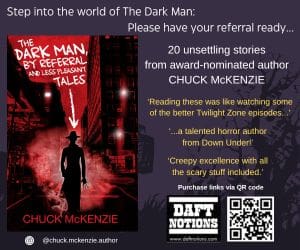Epeolatry Book Review: The Creature Under Your Head by Morey Kammerman

Disclosure:
Our reviews may contain affiliate links. If you purchase something through the links in this article we may receive a small commission or referral fee. This happens without any additional cost to you.

Title: The Creature Under Your Head: 20 Stories of Horror, Sci-fi, Crime and Fantasy
Author: Morey Kammerman
Genre: Mixed
Publisher: Independent
Release Date: 26th August, 2020
Synopsis: The Creature Under Your Head: (20 Stories of Horror, Sci-Fi, Crime and Fantasy) is your escape from our mundane world. In this collection, you’ll experience fear and fantasy, scares and suspense, science fiction and terror taking you away to new realms of possibility. Here is your open invitation to other worlds. An entrance to past and future realities. The Creature Under Your Head will scare you, mystify you, entertain you, and make you laugh. Caution: the stories contained within are highly addictive and may be hard to put down. A whole new reason to sleep with the light on. 20 tales of darkness and travels to alternate dimensions written by Morey Kammerman.
The Creature Under Your Head: (20 Stories of Horror, Sci-Fi, Crime and Fantasy) is your escape from our mundane world. In this collection, you’ll experience fear and fantasy, scares and suspense, science fiction and terror taking you away to new realms of possibility. Here is your open invitation to other worlds. An entrance to past and future realities. The Creature Under Your Head will scare you, mystify you, entertain you, and make you laugh. Caution: the stories contained within are highly addictive and may be hard to put down. A whole new reason to sleep with the light on. Twenty tales of darkness and travels to alternate dimensions written by Morey Kammerman.
This collection from Morey Kammerman offered fast reads, omniscient point of view (which I like), fitting titles, marked details, and horrific reads—not a single story bored me. Yes, the editor in me caught a few typos and the overuse of punctuation (hey, even the best of the best has typos, and like lawyers, editors are their own worst clients) but that did not stop me from immensely enjoying this read. Kammerman set up every story with an enticing hook, and his voice came alive in almost every story. I’m going to focus on a few of my favorites.
“The Man Who Grew Success” will appeal to all authors. Rejection and writing go hand-in-hand. Harold’s ADHD and crazed thoughts regarding his unpublished stories hit all the sore spots. Then Harold noticed a growth on his head. Reading this made my head itch.
“Four Daughters” is a banter filled exchange between two strangers. The witty dialogue kept me reading and laughing.
“Luxury Apartment for Rent” takes a young couple through a portal into the horror of history. I can envision this story on the screen. As a traveler, I had gooseflesh while reading.
“Castle in the Clouds”, a funny, futuristic video game left an uncle and nephew foiled by the fickle finger of fate.
“Stream of Consciousness” appealed to me with this line on page 54: …in my earthly life, I was an adventurer; but by no means depressed. That’s the thing about dying. People always fill in the details. This character spent his life savings on the best raft, then tightened his wallet for the economically priced life-vest. So, what’s the moral here? Read it and see.
“Meat Special: Aisle Nine” elicited plenty of “Ew!” and guffaws while I read about a cursed grocery store with its meat department gone wild.
“Dating in the Future”—I’d have cried if I weren’t already married.
Kammerman saved the best for last. “The Legend of Sarah Silver”, about an 80’s valley girl who rises from the dead to make music, wistfully ensures us that music lives on long after death.
I’d read another from Kammerman, and I encourage you to read this one.
4 out of 5 stars
Available from Amazon.

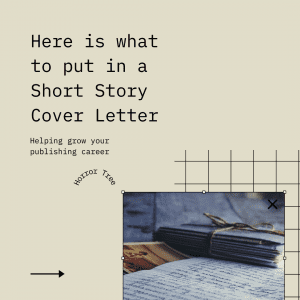

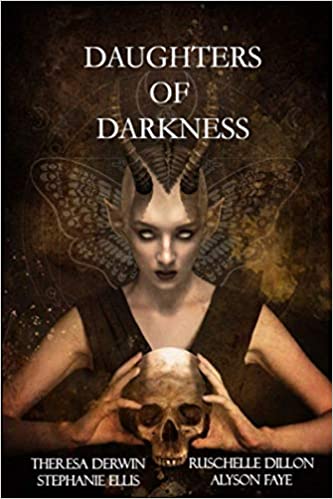

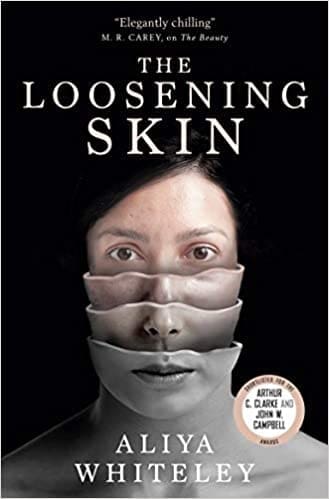

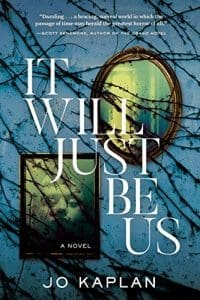 Describe your book cover; what are we seeing? How did it come about?
Describe your book cover; what are we seeing? How did it come about? Are you a plotter or a pantser?
Are you a plotter or a pantser?
